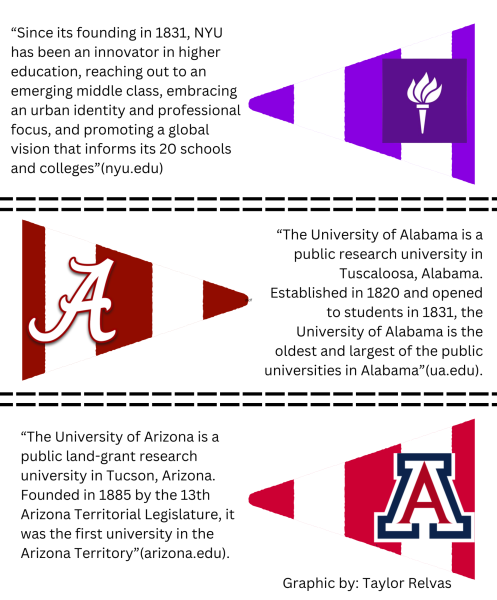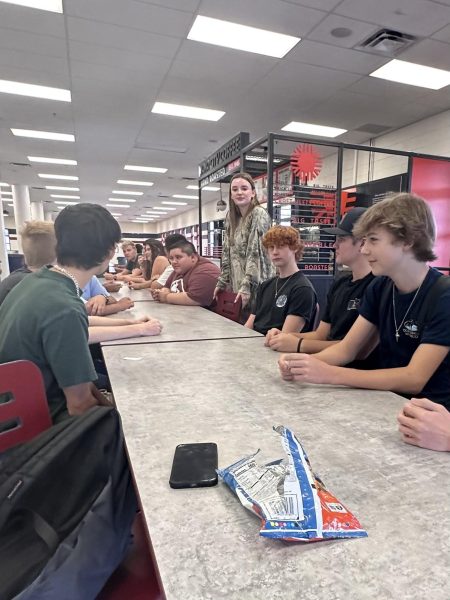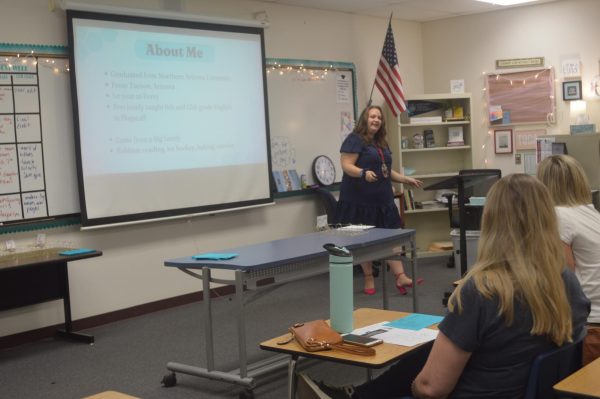Potential school lunch restrictions reduce waste
The Trump administration proposes new rules regarding school lunches. This plan includes cutting down fruits and vegetables required for school meals. The Obama Administration, specifically former first lady Michelle Obama, implemented the initiative to distribute healthier lunches to students.
The Hunger-Free Kids Act of 2010 is to provide healthy and nutritional meals to kids at school, including the more fruits and vegetables but less fat and sugar.
Since then “kids are now eating 16 percent more vegetables and 23 percent more fruit at lunch,” according to the United States Department of Agriculture, a Harvard study concluded.
The United States Department of Agriculture is known to manage America’s Framers Industry, but they also regulate the national food safety policies and education, as well as provide safe and nutritious options for food supply to people. The USDA will oversee this change, if approved.
These proposed ideas will allow cuts of the amount of fruits and vegetables that are required to give to students at meal times under the guidelines. This decrease in nutritious food would potentially be making a gateway for more unhealthy foods.
If approved there will not be a huge change. Students should have the choice to not take fruits or vegetables if they choose not to. Some students do not like to eat the vegetables and fruits offered in the cafeteria. Often times, this can be a waste because it gets thrown away, which wastes money used for those packages or is offered to someone else.
“Students discarded roughly 75% of vegetables before and 60% of vegetables after the standards went into effect, and they [students] threw out roughly 40% of fruits on their trays both before and after the implementation of the new standards” according to a Harvard Public Health Study.
There are students who eat the carrots, apples, and other fruits and vegetables provided. However, the foods that contain more fats tend to remain popular. For example, pizza, chicken, and tater tots.
There is nothing wrong with having vegetables and fruits in the cafeteria because some people eat them. Offering students a balanced meal when they come to school is beneficial for all schools because students are receiving their nutrients whether eating breakfast or lunch.
“It’s not going to happen,” the cafeteria manager, Kim Metcalf says. “It’s a big disservice to take out fruits and vegetables.”
The lunch staff at schools are not in charge of creating the menus but they have guidelines to follow in accordance with the Chandler Unified School District Food and Nutrition Department’s policy.
High school cafeterias “offer grab and go options, salads, sandwiches, parfaits, [and] fruit cups,” Director of Food & Nutrition, Jenny Bracamonte said.
Many nutrition departments want to provide the best options to students during school hours. These proposed plans will bring more relaxation towards the non fruits and vegetables eater because they should not feel that they are being forced to eat them if they do not want to. Giving them a chance to eat more of what they enjoy.

Amira Johnson is currently a senior at Perry High School. This is her first year in journalism and she enjoys writing about news and peoples opinions. ...





